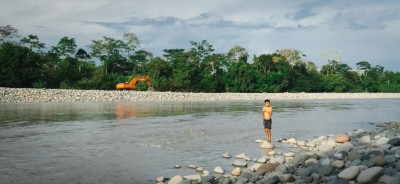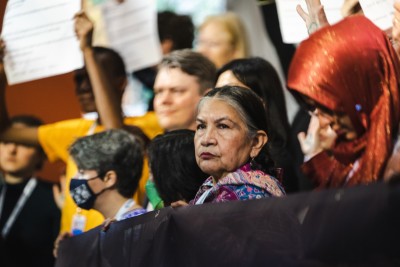This is the first part of four blog series about “Stockholm+50 Experience Diary”, written by Elizabeth Swanson Andi. She is an indigenous impact storyteller, photographer, and part of the INUTW team. Learn more about her experience during the event Stockholm+50, held on the 2nd and 3rd of June, 2022.
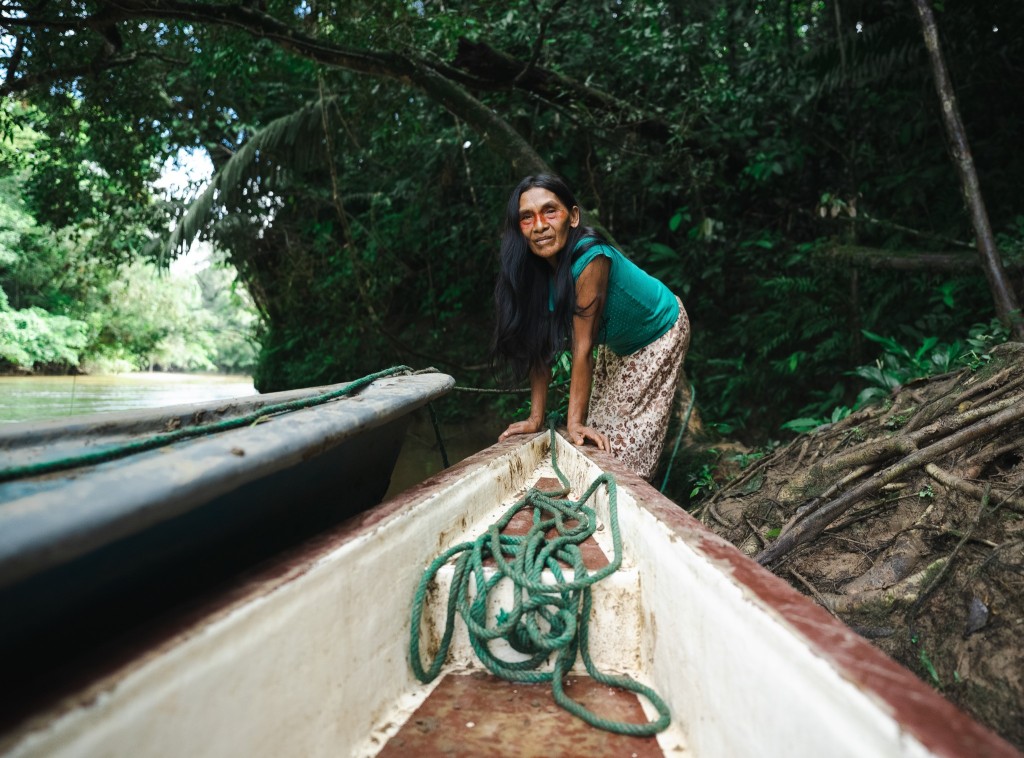
I remember his voice “kawsak sacha, man”, the forest is alive. Sitting along a cliff edge at the banks of the Curaray River in the Ecuadorian Amazon, I remembered my uncle Pigru who had recently passed and returned to the land that he had lived intimately with, he knew all the secrets of our home. I had spent a few days in Waorani Territory with friends and family while interviewing elders about the possibility of solar powered canoes. It was a funny feeling to see both my relatives and now our waorani friends laugh together, just two generations ago we were ancestral enemies who fought and at times speared each other. Us existing here together wouldn’t have been possible without Pigru, a bridge between two worlds. Soon I was to head out into the world again, to the Stockholm+50 conference, again becoming a bridge between two worlds to amplify the voices of my relatives, community, and land. I thought to myself “I wish people could understand that this forest is alive, maybe then they would understand that we need to protect it.” I laid on the soft forest floor, letting the soil seep through my hands and feet. Sun fading, evening frogs and beatles ringing, my eyes closed.
My camera bag did not seem to fit the cabin on the plane, I felt nervous and my habitual sadness of leaving home started kicking in. Maybe I am not meant to be on this plane? Maybe I should stay home? Luckly, the mud on my pack reminded me of my land and I felt comforted knowing I would not be alone. After a couple pushes, the bag fit, I sat down and buckled in. It was a 14 hour flight, a long journey, different from the 10 hour canoe journey I had made to get to the airport back in Ecuador. Again, I closed my eyes, dreamed of tapirs crossing the river and the feeling of being refreshed by sudden rainfall.
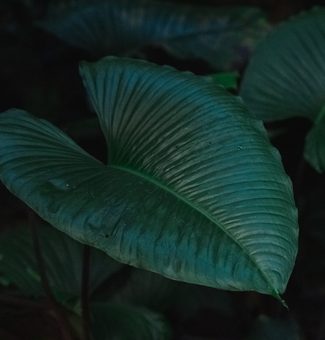
Upon arriving, the rhythm of life was different, people in a rush to get somewhere, cars heading in all directions, even the sun stayed out longer than it did in the Amazon. I heard a familiar laugh. It was my dear ñaña Nina, somehow she always feels like home, a reminder of “kawsak sacha” just like my dear uncle. I admire Nina’s community, the Sarayaku Kichwa People in Ecuador, as they were the first to have Kawsak Sacha not only recognized nationally and internationally, but were the first to conceptualize this idea and declare their territory as Kawsak Sacha, a living territory, a living forest. Nina began to tell stories about her Sami friends, and the discrimination and violence they are subjected to in Sweden both by the government and sociey. She made it clear that the Sami were invisibilized in their own home. It was heartbreaking to hear, not surprising yet it was eye opening as I always heard great things about Sweden in relation to the environment. How could a country that is “environmentally-friendly” and a global leader in the environmental movement not even recognize the indigenous people of the land they claim to be protecting? Nina continued to share about the deforestation and mining that has been devastating Sapmi (Sami Land), the loss of hope and disconnect between youth and elders. This story felt too similar to what was happening back home. I was empathetic, angry and frustrated.
After security checkpoint three, we finally made it into the Stockholm +50 Conference. I met with the rest of the ‘If Not Us Then Who’ Team -Mariel, Jaye, Priscilla, Eric, and Siham- and organized to cover the event. The very first event I attended was called Wellbeing Economies: A new economic approach for human and planetary health. During this panel, Nina spoke of what wellbeing means to us in the Amazon as inidgenous peoples: wellbeing means that “you can drink directly from streams,…soil where you can grow your own food,… abundance in forests and in the rivers and solidarity of your community, of your people ”.
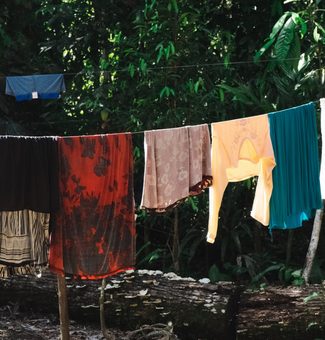
She reminded everyone in the room that wellbeing and economy means different things for different people, and for many indigenous peoples it’s about relationships, it’s about kinship with the earth and each other. It was beautiful to hear this perspective and our way of living being shared as it has increasingly become rare around the world with land being destroyed and relationships with land lost within indigenous and non-indigenous communities.
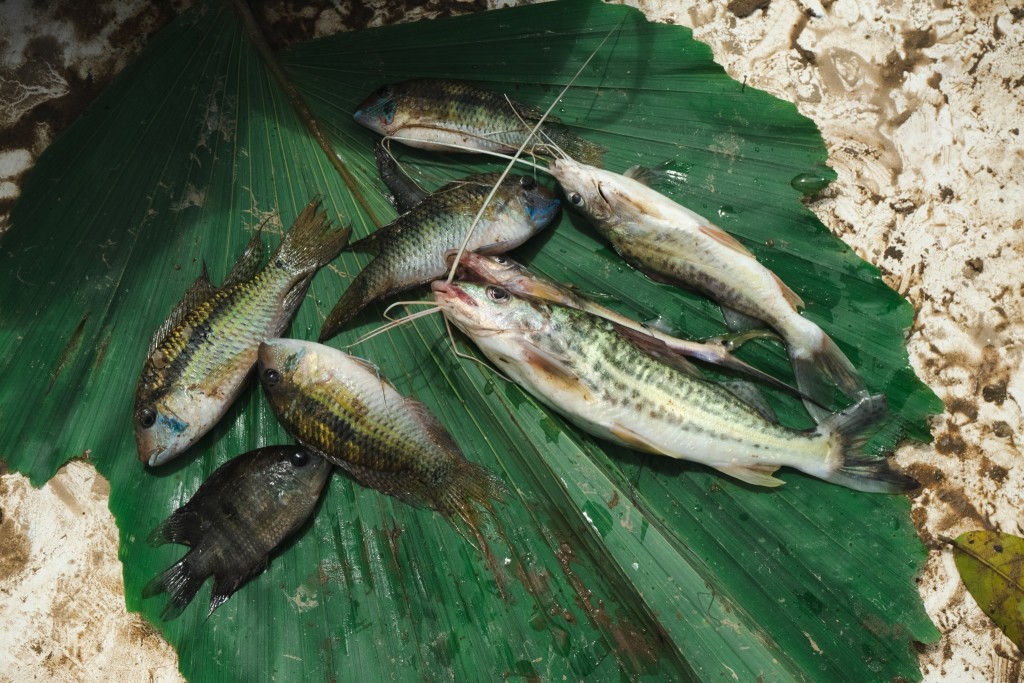
This blog was written by

